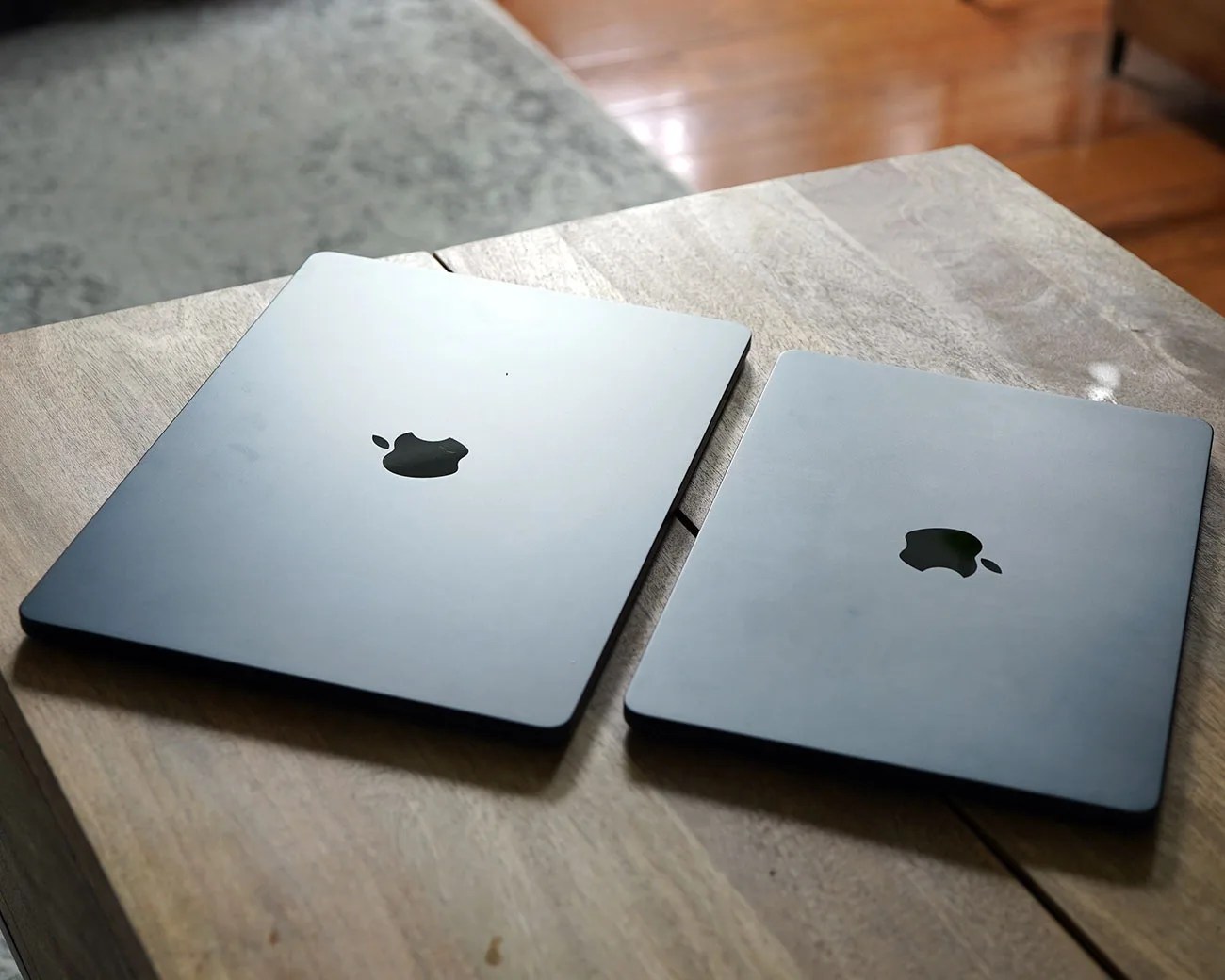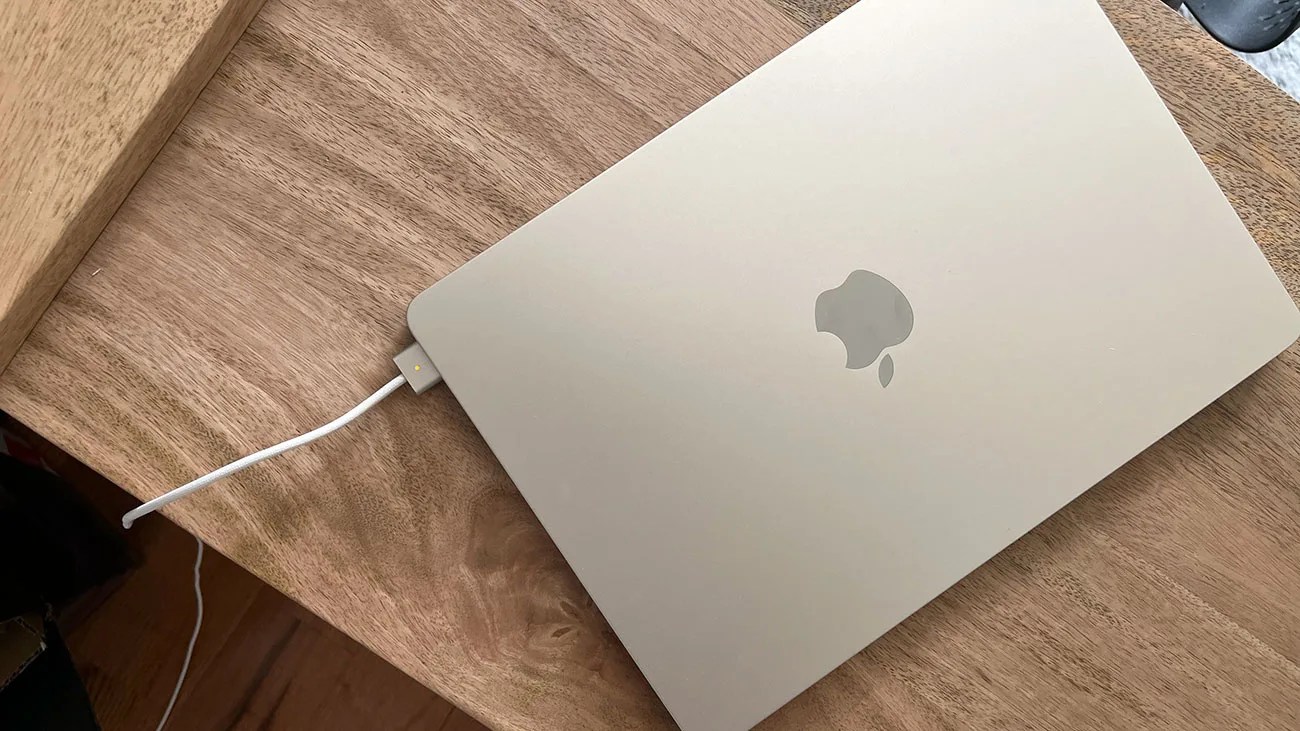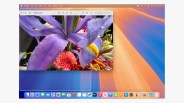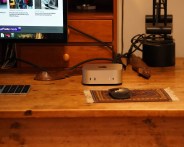Did you know your MacBook automatically turns on and starts up when you open its lid or connect it to power? No need to press the power button.
If you didn’t know this, it probably doesn’t affect you. If you did, there’s a good chance you find it annoying. Not everybody wants their MacBook to turn on automatically, after all.
The good news is that there’s finally a fix. Apple has quietly released a support document instructing people how to disable it. It’s not super straightforward, as it requires the Terminal app and some typing in some code, but it’s easy and doable. Even if you’re not a power user.
 Photo by Tucker Bowe for Gear Patrol
Photo by Tucker Bowe for Gear PatrolHow to disable your MacBook automatically turning on
In order to disable this feature, there are two requirements. First, you need a MacBook Air or Pro with Apple silicon (M1 or later). And secondly, it needs to be running macOS Sequoia (or later).
You’ll need to use the Terminal app, which you can find in the Utilities folder of your Applications folder. I suggest just doing a quick search using Command + spacebar and typing in “Terminal.”



